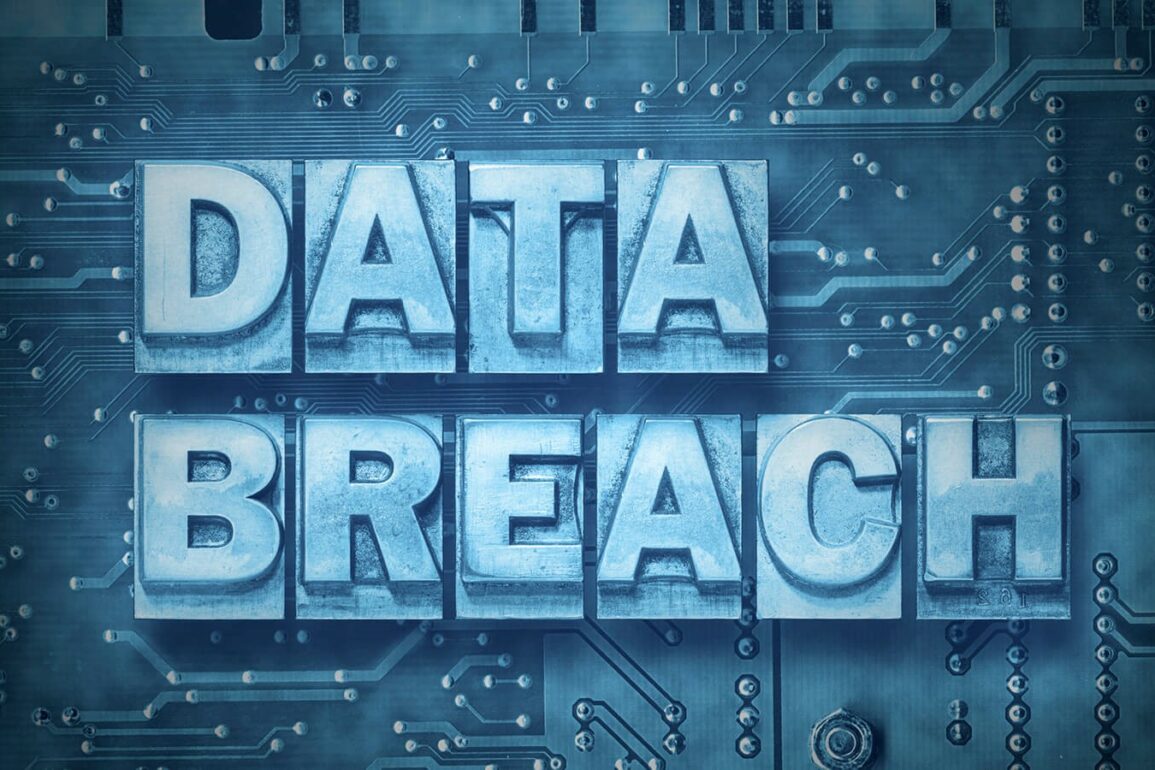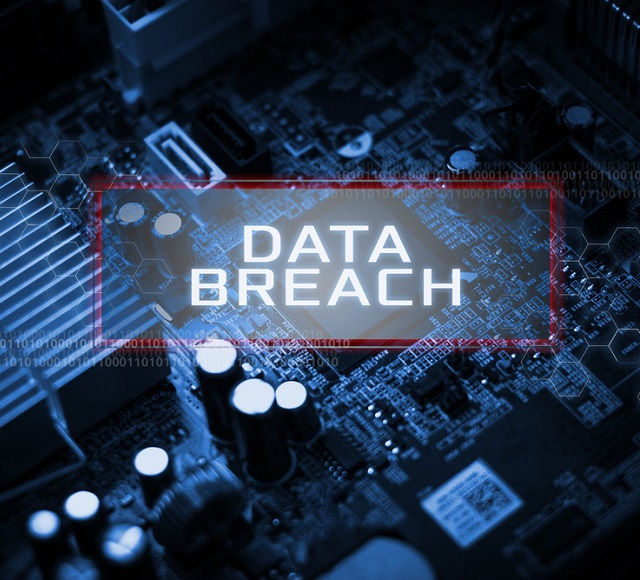Introduction to the Data Breach Register
Under the General Data Protection Regulation (GDPR) and the Data Protection Act 2018 (DPA 2018), organizations are mandated to keep a record of all data breaches. A Data Breach Register serves as a central repository documenting incidents, responses, and compliance with data protection obligations.
Legal Framework and Compliance
GDPR and DPA 2018 Requirements
Outline the legal obligations for maintaining a Data Breach Register, including the types of breaches that must be recorded, notification requirements, and timelines for reporting to regulatory authorities like the Information Commissioner’s Office (ICO).
Importance of Compliance
Emphasize the significance of maintaining accurate and up-to-date records to demonstrate compliance with data protection laws, mitigate risks, and uphold individuals’ rights to data privacy.
Components of a Data Breach Register
Data Breach Incident Details
Specify the information to be included in the register, such as the date and time of the breach, nature of the data affected, potential consequences, and individuals or entities involved.
Assessment and Impact Analysis
Describe procedures for assessing the severity and impact of each breach, including the risks posed to individuals’ rights and freedoms, and whether notification to affected parties and regulatory authorities is required.
Record-Keeping and Documentation
Documentation Requirements
Provide guidelines on maintaining comprehensive records of all data breaches, responses, remedial actions taken, and decisions made regarding notifications and escalation.
Retention Period
Clarify the retention period for data breach records, ensuring they are kept for a specified duration as required by data protection regulations and organizational policies.
Internal Reporting and Accountability
Reporting Procedures
Define the process for reporting data breaches internally, including who should be notified within the organization, escalation procedures, and responsibilities of key personnel involved in breach management.
Accountability Measures
Highlight the importance of accountability in data breach management, ensuring that roles and responsibilities are clearly defined, and measures are in place to prevent recurrence.
Training and Awareness
Employee Training
Discuss the role of training programs in educating employees about data protection principles, recognizing potential breaches, and adhering to procedures outlined in the Data Breach Register.
Continuous Improvement
Recommend regular reviews and updates to the Data Breach Register to reflect changes in data processing activities, technology, and regulatory requirements, ensuring its effectiveness over time.
Conclusion
A well-maintained Data Breach Register is essential for organizations in England and Wales to fulfill their legal obligations under GDPR and DPA 2018, protect individuals’ data rights, and enhance trust with stakeholders. By following these guidelines and implementing best practices, organizations can effectively manage data breaches and mitigate risks associated with data protection.
What is a Data Breach Register?
A Data Breach Register is a documented record that organizations maintain to log all instances of data breaches, including details such as when they occurred, what data was affected, and actions taken in response.
Why do organizations need a Data Breach Register?
It helps organizations comply with data protection laws by documenting incidents as required by regulations such as GDPR in the UK. It also aids in assessing risks, determining if notifications are necessary, and improving data security measures.
Who is responsible for maintaining a Data Breach Register?
Data protection officers or designated personnel within organizations are typically responsible for maintaining and updating the Data Breach Register.
What information should be included in a Data Breach Register?
Details such as the date and time of the breach, a description of the incident, the type of data affected (e.g., personal data, financial information), the cause of the breach, and actions taken in response.
When should a data breach be recorded in the Data Breach Register?
Any suspected or confirmed data breach should be recorded promptly after discovery, regardless of its severity, to ensure compliance with reporting timelines and requirements.
How long should organizations retain records in the Data Breach Register?
Records should be retained for a specified period, as required by data protection regulations and organizational policies, to demonstrate compliance and facilitate audits.
Is there a legal requirement to notify authorities and individuals of breaches recorded in the Data Breach Register?
Yes, under GDPR and the Data Protection Act 2018, organizations must notify the Information Commissioner’s Office (ICO) and affected individuals if a breach poses risks to their rights and freedoms.
How does a Data Breach Register help in data protection compliance?
It assists organizations in documenting their compliance efforts, identifying patterns or vulnerabilities that may lead to breaches, and implementing measures to prevent future incidents.
Can a Data Breach Register be used to track trends or patterns in data breaches?
Yes, analyzing data from the register can reveal common causes of breaches, trends in attack methods, and areas where additional security measures are needed to strengthen data protection.
How often should a Data Breach Register be reviewed and updated?
It should be reviewed regularly to ensure it reflects current data breach incidents, compliance with regulatory changes, and improvements in data security practices within the organization.
- Website Privacy Policy – First & Third-Party Cookies + Analytics - August 10, 2024
- Plant Maintenance Agreement - August 7, 2024
- Hire Of Room, Hall Or Other Premises - August 4, 2024










